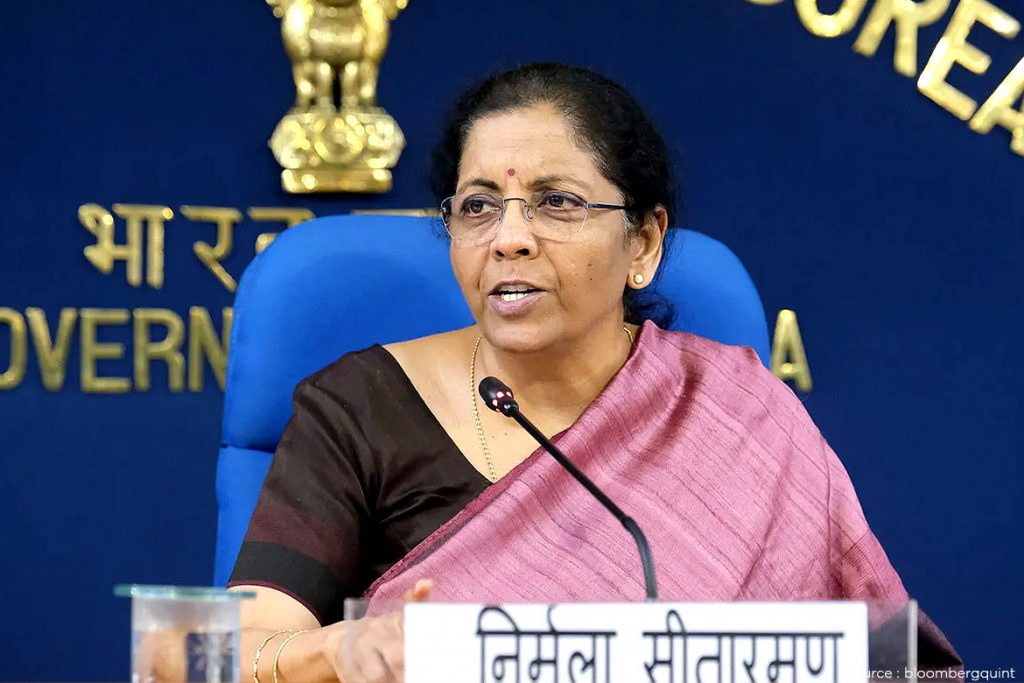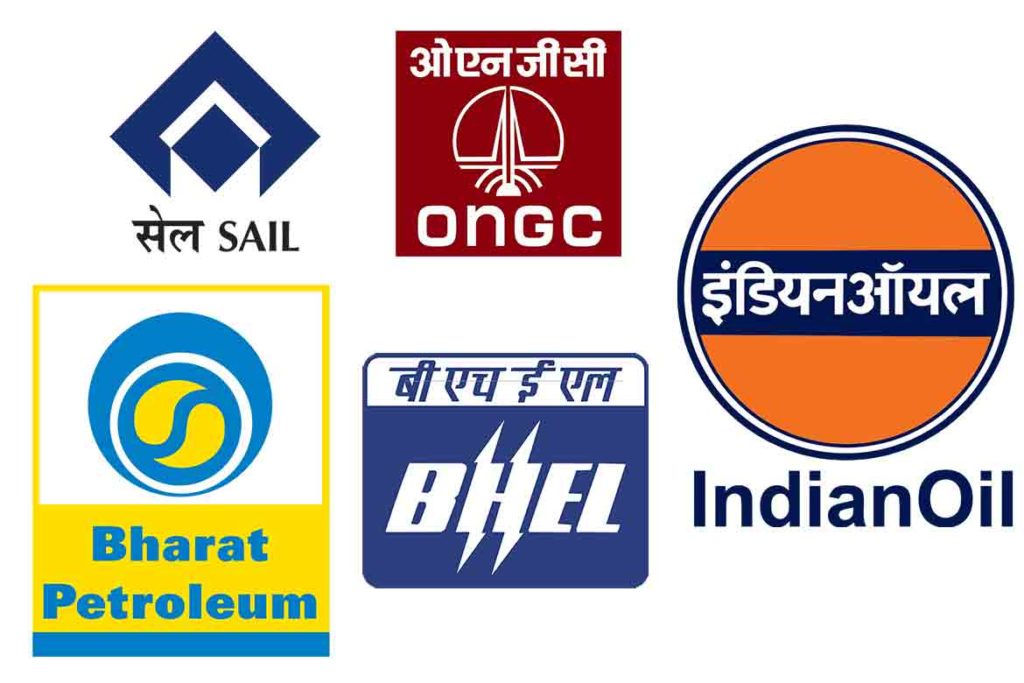The issue of Privatization has once again come into the topic of debates. Recently, Prime Minister Narendra Modi strongly supported the privatization of non-strategic PSUs, saying that ‘doing business is not the government’s job’. Modi’s government is committed to privatizing government units in the rest of the sectors except for some strategic public sector undertakings.
As of now,the central government is focusing more on disinvestment. The government wants to increase revenue by selling a stake in public sector undertakings and banks.
Disinvestment and privatisation so far

Also read: Key Highlights Of The Budget 2021-22
- In the year 1991-92, the government had set a target of raising Rs 2500 crore by disinvestment. The government was able to raise 3040 crores.
- In 2013-14, the target was to disinvest around 56,000 crores, but the achievement was about 26,000 crores.
- The government had managed to raise one lakh crores in the year 2017-18 and raised 85,000 crores against the target of 80,000 crores a year later.
- The government has set a target of raising Rs 1.75 lakh crore from disinvestment in 2021-22.
Why critics oppose privatisation?
Critics of this privatisation say that the assets of public sector undertakings are being sold to private business houses at throwaway prices. In other words, the government suffers a lot of loss from this process. Also, the proceeds from disinvestment were not used for the development of enterprises, nor was it spent on building social infrastructure. This amount was spent on reducing the revenue deficit of the government budget.
The government wants to decrease government-owned companies from 300 to 23
The government has prepared a long-term strategy in this regard. Under this, public sector companies, PSUs and other institutions are divided into two parts. One in which the government will sell stakes more than 50 per cent. The government plans to fully privatize them in the next three years. Another category is strategic sector PSUs. The Government has currently included some companies, PSUs and institutions in the strategic sector. These include departments such as nuclear power, space, defence, transport, energy, financial services. The government will keep the sector away from privatization and disinvestment for the time being.

Government is clear with its plan
During the budget session of Parliament, many ministers including the Prime Minister, Finance Minister openly advocated disinvestment and privatization. The PM himself said that the welfare of the economy is not possible without bringing the private sector along. Never before has any government so openly advocated for disinvestment and privatization.
Why did the country need privatization in the first place?
In 1991, India faced a crisis related to a gigantic foreign debt, which is also called the Balance of Payments crisis. The government was not in a position to pay its foreign debt. The foreign exchange reserves, normally kept for the import of essential commodities like petrol etc., were not left to pay the required imports for 15 days. This crisis was further intensified by the rise in prices of essential commodities. For all these reasons, the government adopted some new policies and this changed the entire course of our developmental policies.

Privatization allowed in different sectors of India
Banking Sector: The Reserve Bank of India (RBI) in 1993 allowed 13 new domestic banks to carry out banking activities.
Telecom Sector: Before 1991, BSNL had a monopoly over this sector. Private companies came in 1999 after the new telecom policy came into force.
Insurance Sector: After the Life Insurance Act in 1956, the Life Insurance Corporation of India was established on September 1, 1956, and till 1999 it had a monopoly in this sector. The private sector got permission in 1999 following the recommendations of the Malhotra Committee.
Aviation Sector: In 1992 the government formulated the Open Sky Policy and companies like ModiLuft, Damania Airways, Air Sahara came.
Broadcast Sector: Till 1991 Doordarshan had a monopoly in the broadcast. In 1992, the first private channel Zee TV started. Today there are more than 1000 channels in the country.
